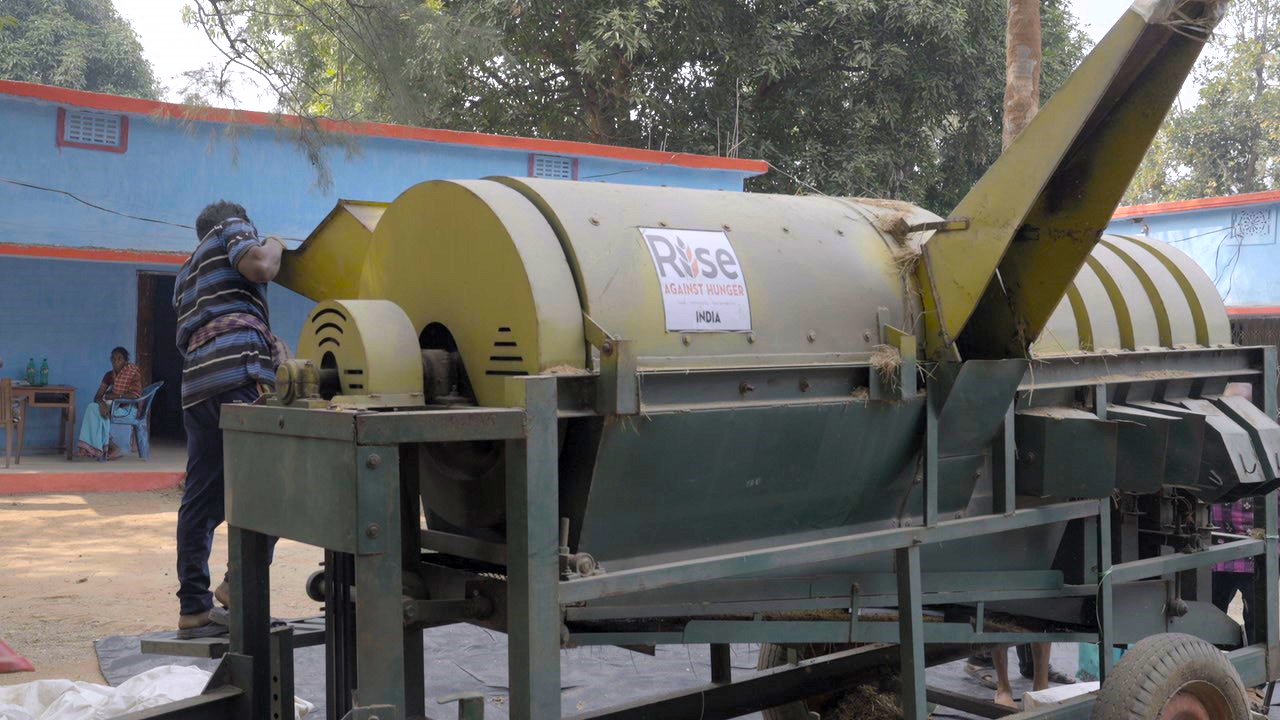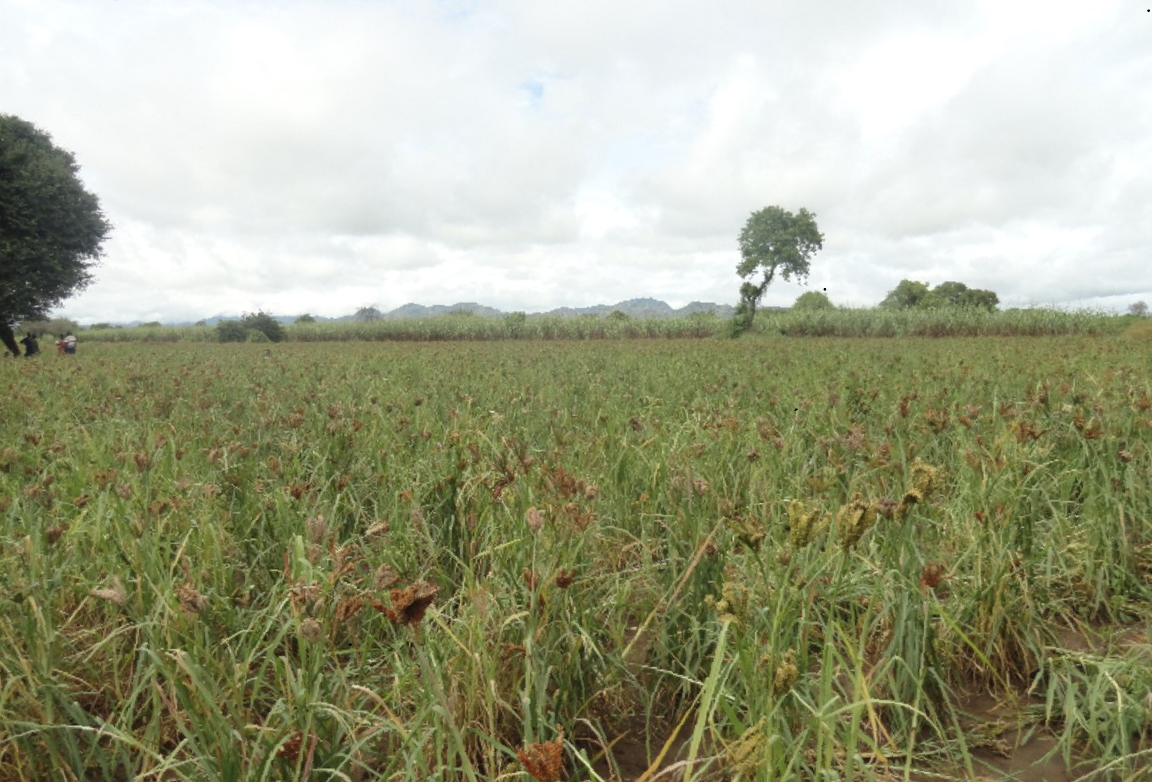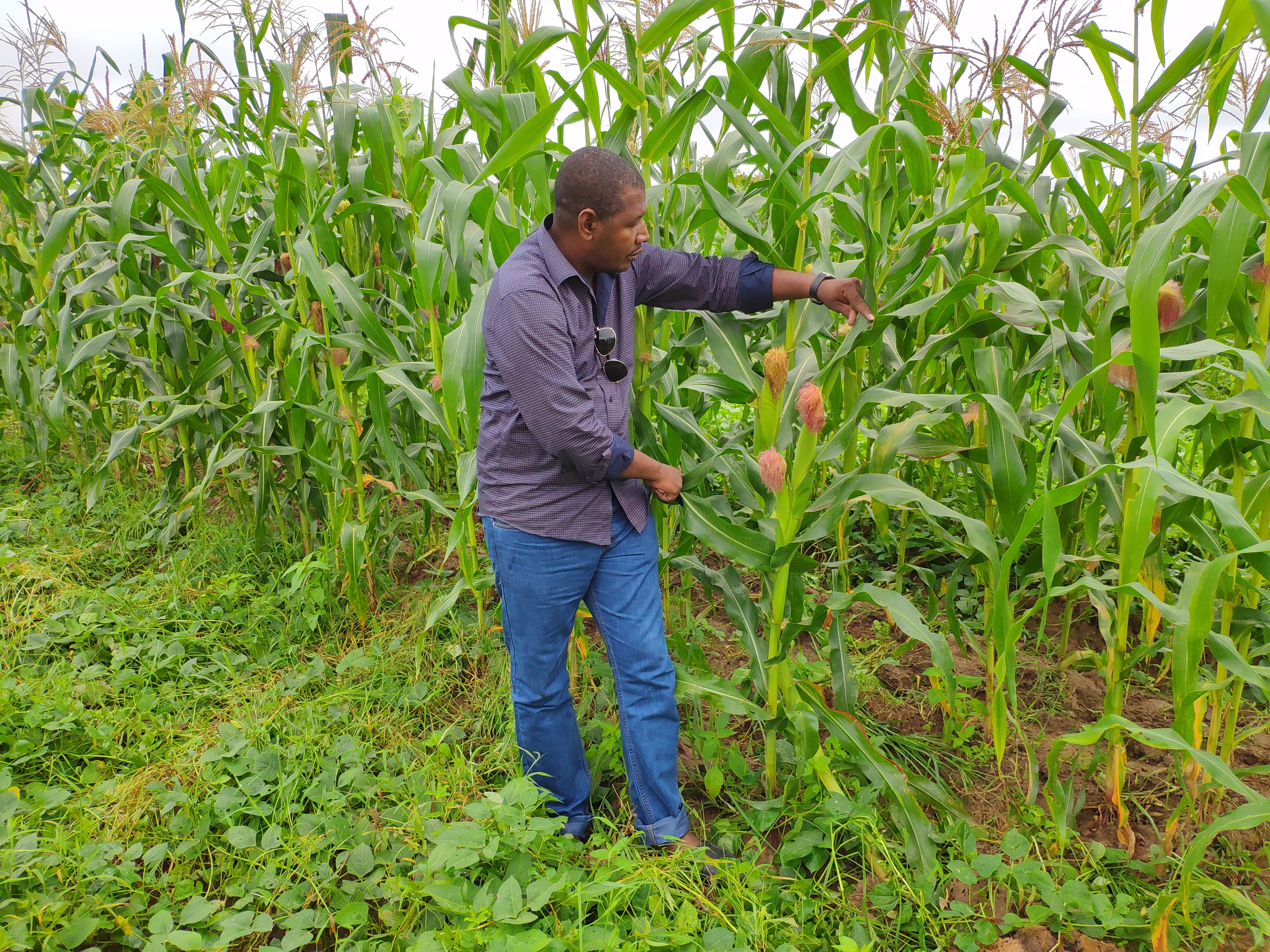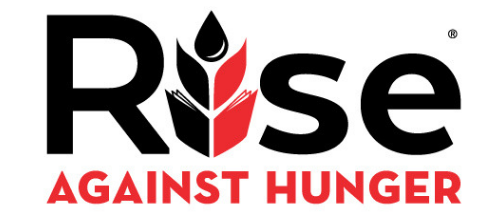Celebrating the Resilience of Millets

As declared by the United Nations General Assembly, 2023 is the International Year of Millets. It has been a year dedicated to raising awareness about the nutritional and health benefits of millet and the superfood and staple crop’s suitability for cultivation in adverse climates. This initiative has encouraged international organizations, governments and individuals, led by the Food and Agriculture Organization, to promote the cultivation, consumption and trade of millet.
Millets, often referred to as “nutri-cereals,” are a group of small-seeded grains that have been nourishing communities for centuries. Millets are packed with essential nutrients, including protein, fiber and micronutrients, making them a vital component of food security and nutrition programs. While rice and maize have replaced millets in many places, 2023 has been a year of global recommitment to the cultivation of millets, supporting biodiversity, meeting nutrition needs, and providing sustainable livelihoods for small-scale farmers. Rise Against Hunger supports investments in millet production and is working in partnership with communities in India and Mali to realize economic and nutritional benefits from the production of millets.
Rise Against Hunger India Supporting Millet Usage in Communities
Rise Against Hunger India is working in the Bargarh District, in the state of Odisha, to engage communities about the value of growing and processing indigenous millets. The Rise Against Hunger India team has been supporting growth by supplying tools and resources to local farmers in Farmer Producer Organizations (FPOs) for the scaling of the production and consumption of millets. The training on cultivation techniques and machinery provided supports more efficient post-harvest processing, enabling thousands of local farmers to increase their crop yields. FPO members have also been trained in marketing strategies, which have led to farmers securing higher prices.

Also, with the additional production and processing capacity, the need for millet products has increased, providing an opportunity to excite more communities about consuming millets, utilizing traditional recipes and new creative approaches to using the superfood. Check out the video below by the Rise Against Hunger India team to learn more about this investment in communities during the International Year of Millets:
Nutritional and Economic Security Through Millets in Mali
Located in West Africa, Mali is a landlocked country with 18.5+ million inhabitants; over half suffer from food insecurity. Additionally, more than 65% of the population lives in rural areas and agriculture remains the basis of their livelihoods. But the agriculture sector in Mali faces numerous challenges, especially climate change-driven droughts and highly variable rainfall, which threaten economic and food security. The resilient millets grown in Mali, including pearl millet, finger millet and sorghum, can be cultivated in harsh conditions. This resiliency makes millet a staple crop in the country, especially in rural communities, and it is deeply woven into the cultural and culinary fabric of the nation. Millets are used in diverse dishes, including “tuwo,” a millet porridge, and “fonio” couscous. During the International Year of Millets, Mali showcases its rich agricultural traditions and the crucial role millets play in the lives of its people.

Rise Against Hunger partners with Association Malienne d’Eveil au Développement Durable (AMEDD) on the implementation of the Elevating Women and Young Farmers project in Mali’s Ségou and Sikasso regions. The project aims to improve food security through increased access to land, increased agricultural productivity, increased consumption of nutritious, homegrown foods, and improved livelihoods. Millets are an important part of economic and nutritional security in communities across Mali. Millet production has been an essential component of this project since it began in 2019, with project-supported farmers seeing over 150% increase in millet production through 2022.

A recent survey conducted by AMEDD provided information about market opportunities in participating communities, highlighting the importance of millets in the villages. 59% of the 288 community members surveyed noted a high demand for millets and a low supply available, and 63% of respondents expressed a strong desire for year-round access to millet. This demand provides an avenue for participating women and youth farmers to cultivate high yields of the different millet varieties to support the nutritional needs of their community and their own livelihoods. With the fall millet harvest currently wrapping up, millet production in these communities will continue to be a major driver in realizing the Elevating Women and Youth Farmers project goals of nutritional and economic security — a fitting success for the International Year of Millets.
As the International Year of Millets continues, we encourage you to learn more about this incredible superfood that is also a staple in many communities where Rise Against Hunger works to address food insecurity. Check out these resources:
- Learn more about the International Year of the Millets from the FAO.
- Try your hand at some recipes using millet.
- Read this amazing news story about millet use in the United States.
- Check out #IYM2023 on X (Twitter) and Instagram to see what others are posting!

